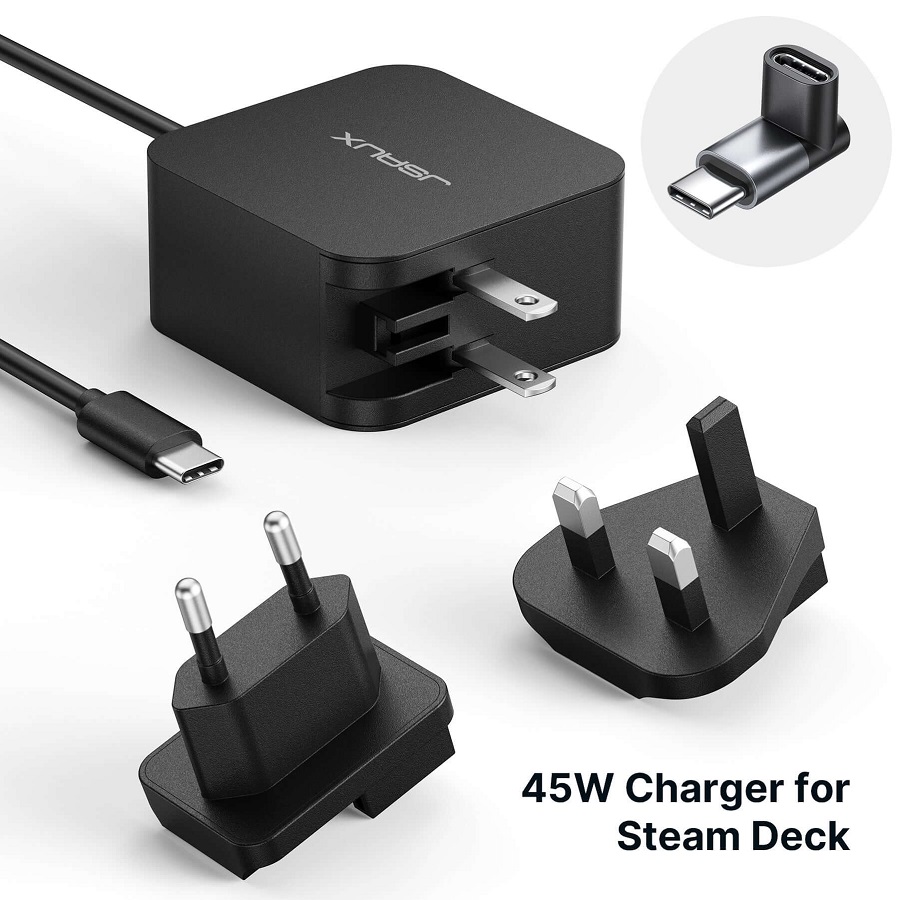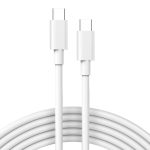Understanding USB-C Charging Standards
USB-C has revolutionized the way we power our devices. This small, versatile port can charge phones, laptops, and tablets. But not all USB-C chargers are equal. When scoping out a 45w USB-C charger, it’s key to understand the standards that define them.
Firstly, the USB-C specification outlines the physical design of the plug and port. It ensures any USB-C cable fits all USB-C devices. However, the power and data transfer capabilities can vary. USB Power Delivery (or USB PD) is a charging standard that supports higher voltage and current. This means faster charging for your device. A 45w USB-C charger often supports USB PD, meaning it can power up larger gadgets like laptops.
These chargers also adhere to certain protocols for efficiency and safety. They negotiate with your device to provide the correct amount of power. Without this, you could risk damaging your device or the charger.
Lastly, remember that while a USB-C port looks the same, the technology behind each charger can differ significantly. Compatibility is crucial, as not every USB-C device can handle the full 45 watts. Checking your device’s charging requirements before buying a charger is essential for optimal performance.
In conclusion, understanding these USB-C charging standards will guide you to select a reliable 45w USB-C charger. This ensures your devices charge safely and efficiently while meeting their power needs.
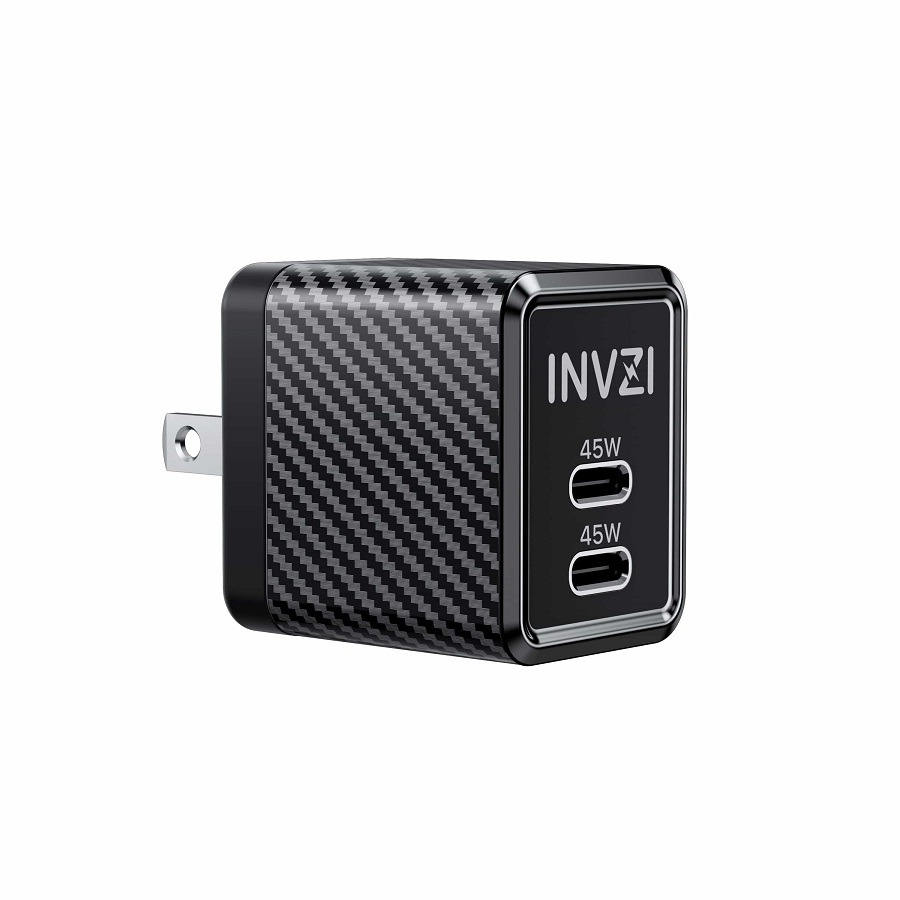
Factors to Consider When Buying a 45W USB-C Charger
Selecting the ideal 45W USB-C charger requires considering various factors. This ensures the best match for your devices.
Power Output and Compatibility
The first thing to check is whether the charger’s power output matches your device’s requirements. A 45W USB-C charger is perfect for devices designed to accept this power level. It might charge a phone or tablet much faster than a standard charger. Be sure to verify your device’s compatibility to avoid charging issues or damage.
For instance, laptops often need more power, and a 45W charger fits the bill. On the other hand, some devices might not support fast charging. It’s important to read the device’s manual or technical specs before purchasing.
Build Quality and Durability
Durability is also a key aspect. A robust charger will endure daily wear and tear. Look for chargers with strong cables and sturdy casings. These features help resist damage from drops or bends. This extends the charger’s life and prevents frequent replacements.
High-quality materials and solid construction are what you should look for. Chargers made with low-quality components may not withstand long-term use, and may end up costing more over time.
Safety Certifications
Lastly, prioritize safety certifications. Chargers with proper certifications have passed rigorous tests. They meet specific safety standards that reduce risks of overheating and electrical shorts.
Look for marks from recognized bodies, such as CE, UL, or ETL. These certifications indicate the charger has been evaluated for safety. Using uncertified chargers can pose a danger to both your device and personal safety.
To conclude, when buying a 45W USB-C charger, always consider power output, build quality, and safety. This ensures a safe and satisfying charging experience for all your compatible devices.
Top 45W USB-C Chargers Reviewed
When you’re in the market for a new charger, the choices can seem endless. To help narrow down your options, we’ve reviewed some top 45W USB-C chargers, paying close attention to power output, build quality, and safety certifications. These chargers stand out for their reliability and performance with compatible devices. The following content will cover popular brands and models as well as a performance comparison.
Popular Brands and Models
Several brands have made a mark with their 45W USB-C chargers. Some notable ones include Anker, Belkin, and Samsung. Anker’s PowerPort series is known for its compact design and durability. Belkin chargers often feature built-in safety measures and come with warranties. Samsung chargers are optimized for their devices but also work well with other USB-C enabled devices.
Aside from these, there are also options from Apple, which are designed for Macbooks but can charge other devices too. Nekteck and RAVPower offer cost-effective alternatives without compromising on quality. Each brand has its own set of features, with some focusing on ultra-portability, while others prioritize faster charging times.
Performance Comparison
When we compare performance, we look at charging speed, efficiency, and overall user satisfaction. A good 45W USB-C charger should deliver power quickly and consistently. Anker’s chargers are often praised for their rapid charging capability. In contrast, Belkin chargers are lauded for their mix of speed and safety. Samsung’s offerings are commended for their efficiency, particularly with Samsung devices.
Chargers from Apple, while on the pricier side, provide a seamless experience for MacBook users. Nekteck’s chargers are known for their solid build and reliable performance, much like RAVPower, which provides a balance of speed and durability. It’s important to choose a charger that aligns with what’s most important to you, whether it’s charge speed, price point, or compatibility with multiple devices.
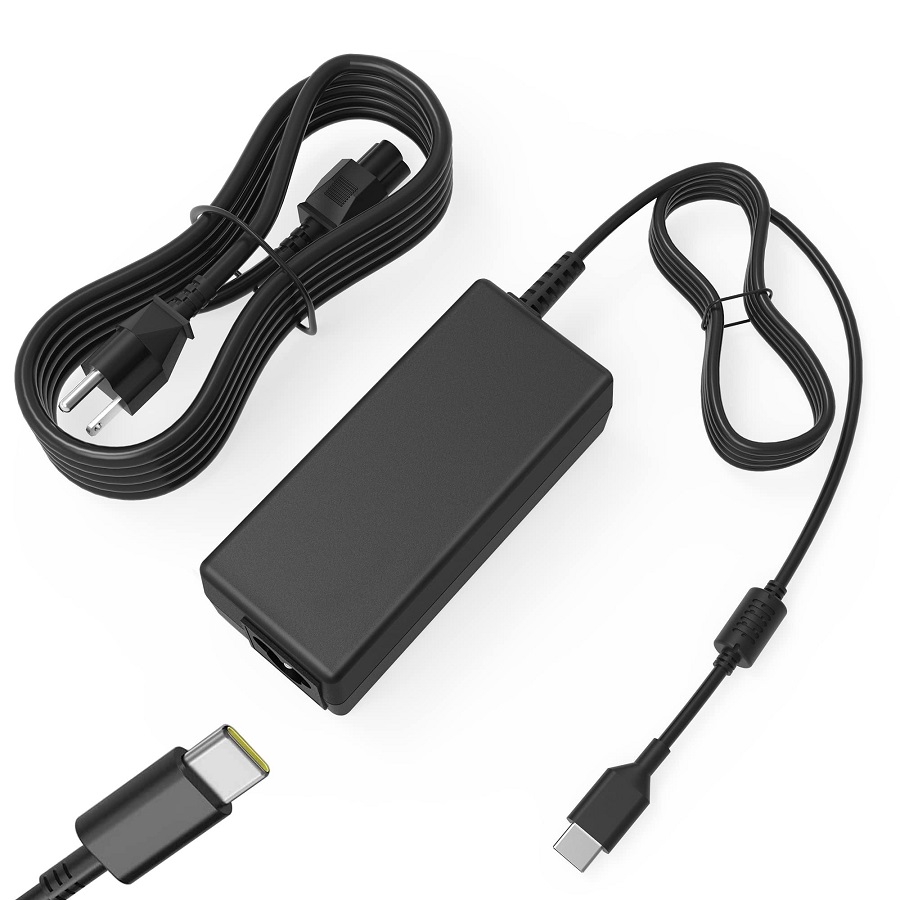
The Role of Wattage in Charging Devices
When it comes to charging devices, wattage is a crucial factor. It determines how fast your device can charge. A higher wattage charger, like a 45W USB-C charger, can deliver more power. This means quicker charging times for your gadgets. Lower wattage chargers will charge your devices more slowly.
Every device has a maximum wattage it can handle. It’s important to use a charger that matches this limit. Using a charger with too high a wattage won’t speed up charging and can harm your device. Similarly, a charger with too low wattage will charge your device too slowly, or not at all for high-power devices.
For example, many modern laptops require chargers around the 45-watt mark. This wattage offers an optimal balance. It charges devices fast without overloading their circuits. For phones and tablets, a 45W charger can be overkill. But it can still work, adjusting its output to suit the device.
Lastly, the wattage also impacts the portability of your charger. Higher wattage chargers used to be larger, but advances in technology have shrunk their size. Now, even a 45W USB-C charger can be compact and easy to carry.
Understanding wattage is key to choosing the right charger. It affects charging speed, device compatibility, and portability. A 45W charger offers a good mix of speed and convenience for most modern devices.
Benefits of Using a 45W USB-C Charger
Opting for a 45W USB-C charger offers a host of advantages. Below are some key benefits:
- Rapid Charging: With a 45W charger, you can charge your devices much faster than with standard chargers.
- Versatility: This charger is not just for laptops. You can use it across multiple devices including tablets and phones.
- Future-Proof: Many new devices are likely to support fast charging, so a 45W USB-C charger is a smart investment.
- Efficiency: A higher wattage charger is typically more efficient, meaning less energy waste.
- Convenience: Modern 45W chargers are often compact and lightweight, great for travel.
In summary, a 45W USB-C charger can greatly enhance your charging experience, offering versatility, rapid power, and efficient future-proofing. Pairing the right charger with compatible devices ensures optimal performance and convenience.
Tips for Maintaining Your USB-C Charger
To keep your 45W USB-C charger in top condition, follow these simple yet effective tips:
- Avoid Tight Bends: Don’t bend the cable tightly. Gentle loops prevent internal damage.
- Keep Dry and Clean: Water and dust can harm the charger. Store it in a dry, clean place.
- Unplug Carefully: When removing from a device or outlet, pull the plug, not the cable.
- Avoid Extreme Temperatures: Don’t leave the charger in very hot or cold places. It can weaken performance.
- Roll Cables Properly: Wrap cables loosely to avoid kinks and ensure longevity.
- Inspect Regularly: Check for fraying or damage frequently. Replace if necessary.
- Use Original Cables: For best results, use the cable that came with the charger.
By taking care of your charger, you help ensure it continues to perform efficiently and safely. Proper maintenance also extends the lifespan of your charger, saving you money in the long run. Remember, a well-maintained 45W USB-C charger is an investment towards reliably powering your devices.
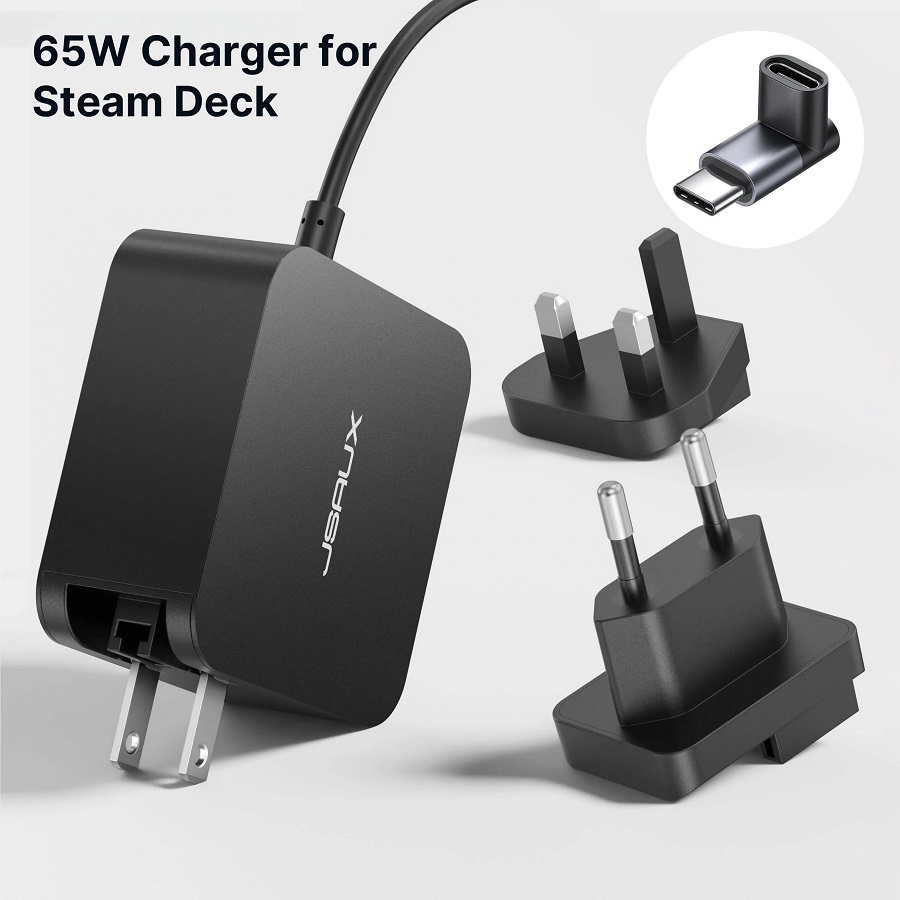
Future of USB-C Charging Technology
The future of USB-C charging technology looks promising and innovative. Advancements are aimed at enhancing efficiency and convenience for users. Let’s explore what we can expect in the near future:
- Increased Power Delivery: Future 45W USB-C chargers may offer even higher wattage capabilities. This allows for faster charging of laptops and other power-hungry devices.
- Universal Compatibility: We might see a push for USB-C to become the standard across all devices. This creates a more seamless and unified charging experience.
- Enhanced Safety Features: More sophisticated safety mechanisms are expected to be integrated. These will protect devices from power surges and overheating.
- Smaller and Smarter Chargers: As technology progresses, chargers will likely get even more compact. Smart features, like adapting to each device’s specific power needs, are anticipated.
- Wireless USB-C Charging: There’s potential for wireless charging solutions using USB-C connectivity. This would offer greater flexibility and reduce the need for cables.
- Eco-Friendly Options: With environmental concerns on the rise, eco-friendly chargers that minimize waste and energy consumption may become more prevalent.
Embracing these developments in USB-C technology can provide an advanced charging ecosystem. It ensures your charging setup is not just current but also future-ready.
